Sustainable Exterior Materials: A Complete Guide
Choosing the right exterior materials for your home is a significant decision impacting both aesthetics and longevity. But in today’s environmentally conscious world, the sustainability of these materials is paramount. At cartlab.web.id, we understand the importance of balancing style with environmental responsibility. We strive to provide information and resources to help you make informed choices that benefit both your home and the planet. This comprehensive guide explores a range of sustainable exterior materials, detailing their benefits, drawbacks, and considerations for your next project. Making informed decisions about your home’s exterior contributes to a more sustainable future, and we’re here to guide you through the process.
The increasing awareness of climate change and the depletion of natural resources has spurred a significant shift towards eco-friendly practices in the construction industry. This includes a growing demand for sustainable exterior materials that minimize environmental impact throughout their lifecycle, from extraction and manufacturing to disposal or recycling. Understanding the options available and their respective environmental footprints is crucial for making responsible choices. This guide aims to provide you with the knowledge necessary to select materials that align with your sustainability goals and enhance the overall environmental performance of your home.
This guide will cover a wide array of options, from reclaimed wood and recycled materials to rapidly renewable resources and innovative bio-based composites. We will delve into the specifics of each material, analyzing their sustainability credentials, performance characteristics, cost-effectiveness, and maintenance requirements. By the end of this guide, you will be equipped to make informed decisions about your home’s exterior, contributing to a greener and more sustainable built environment.
Reclaimed Wood: A Second Life for Timber
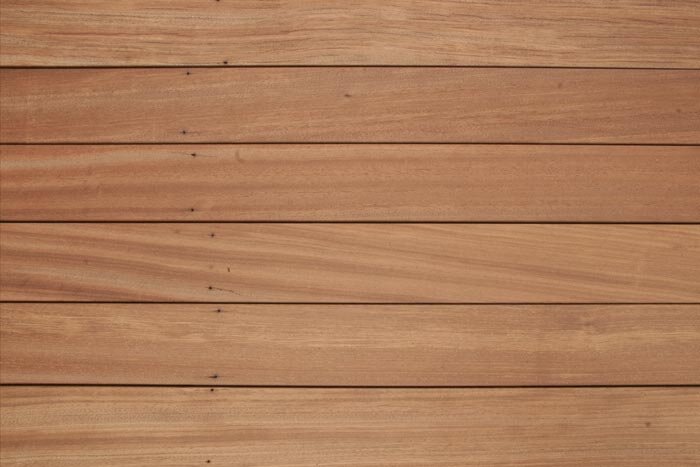
Reclaimed wood offers a unique blend of sustainability and aesthetic appeal. Sourced from demolished buildings, old barns, or salvaged lumber, reclaimed wood reduces the demand for newly harvested timber, minimizing deforestation and its associated environmental impacts. The character and patina of reclaimed wood add a distinct charm to any exterior, offering a unique visual texture that is difficult to replicate with new materials.
Advantages of Reclaimed Wood:
- Reduced Deforestation: Significantly lowers the demand for newly harvested timber.
- Unique Aesthetic: Offers a distinct character and visual appeal not found in new wood.
- Durability: Often exhibits superior durability due to the natural aging process.
- Carbon Sequestration: Stores carbon, reducing the overall carbon footprint of the building.
Disadvantages of Reclaimed Wood:
- Limited Availability: Supply can be inconsistent and geographically limited.
- Higher Cost: Generally more expensive than new lumber.
- Potential for Pests: Requires thorough inspection and treatment to prevent pest infestations.
- Maintenance: May require more regular maintenance than new wood, including sealing and treatment.
Recycled and Upcycled Materials: Giving Waste a New Purpose
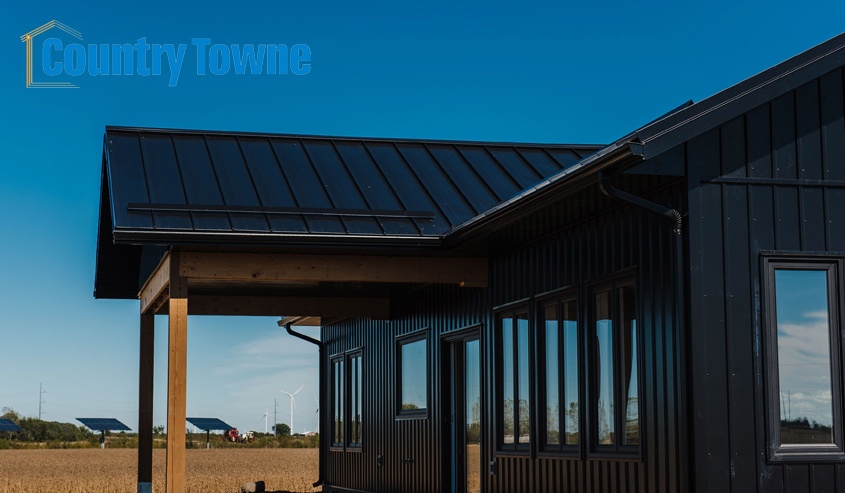
The construction industry generates substantial waste. Sustainable exterior materials can cleverly utilize this waste through recycling and upcycling processes. Materials like recycled plastic lumber, made from recycled plastic bottles and other plastic waste, offer a durable and weather-resistant alternative to traditional lumber. Similarly, recycled metal siding and roofing can provide long-lasting and aesthetically pleasing options.
Advantages of Recycled Materials:
- Waste Reduction: Diverts waste from landfills, reducing environmental pollution.
- Resource Conservation: Conserves natural resources by utilizing existing materials.
- Durability: Many recycled materials offer excellent durability and longevity.
- Cost-Effectiveness: Can sometimes be more cost-effective than virgin materials.
Disadvantages of Recycled Materials:
- Aesthetic Limitations: May have limited aesthetic options compared to natural materials.
- Performance Variations: Performance characteristics can vary depending on the composition of recycled materials.
- Recycling Infrastructure: Requires adequate recycling infrastructure for effective implementation.
- Chemical Leaching (Potential): Some recycled materials may contain chemicals that could leach over time. Careful sourcing is crucial.
Bamboo: A Rapidly Renewable Resource

Bamboo is a rapidly renewable grass that offers a sustainable alternative to traditional lumber. Its fast growth rate allows for harvesting without depleting natural resources, making it an environmentally friendly option for exterior applications. Bamboo is also known for its strength and durability, making it suitable for siding, decking, and other exterior elements.
Advantages of Bamboo:
- Rapid Growth: Harvests quickly, minimizing environmental impact.
- High Strength-to-Weight Ratio: Offers excellent strength and durability.
- Aesthetic Appeal: Provides a unique and attractive aesthetic.
- Biodegradability: Naturally biodegrades at the end of its life cycle.
Disadvantages of Bamboo:
- Susceptibility to Moisture: Requires proper treatment to resist moisture damage.
- Limited Availability: May not be readily available in all regions.
- Processing and Treatment: Requires specific processing and treatment to enhance durability.
- Cost: Can be more expensive than some traditional materials depending on type and treatment.
Fiber Cement: A Durable and Sustainable Choice
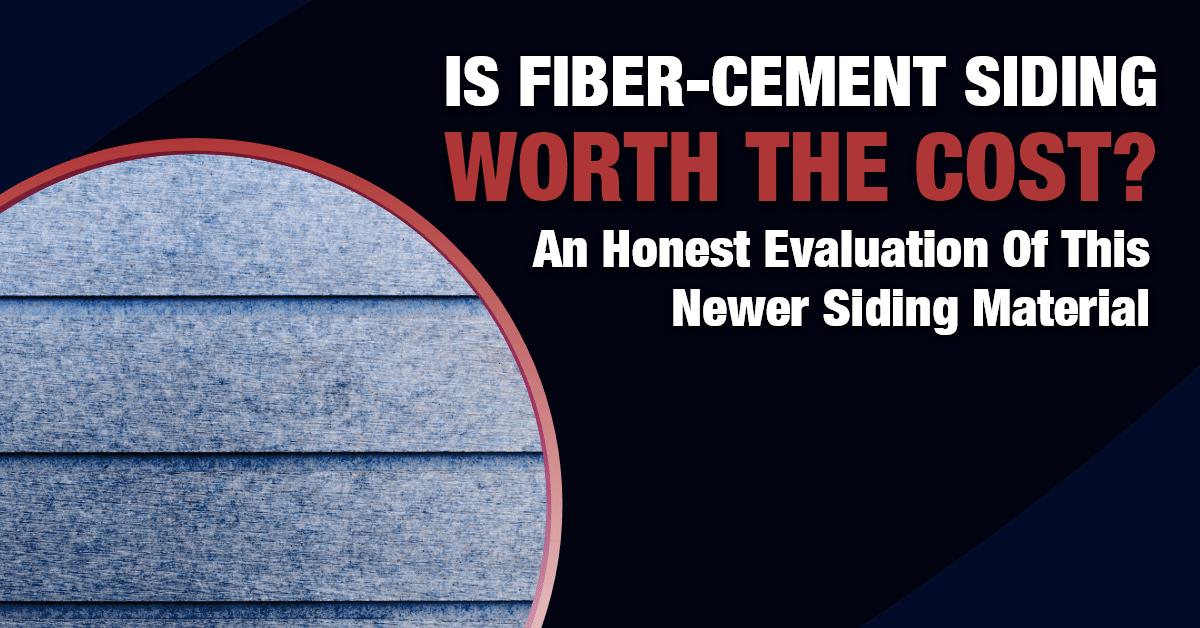
Fiber cement is a composite material made from cement, cellulose fibers, and other additives. It’s a popular choice for siding, roofing, and other exterior applications due to its durability, fire resistance, and low maintenance requirements. While not a completely renewable resource, its longevity reduces the frequency of material replacement, minimizing the overall environmental impact. Furthermore, some manufacturers incorporate recycled materials into their fiber cement products, enhancing their sustainability credentials.
Advantages of Fiber Cement:
- Durability: Highly durable and resistant to damage from weather, insects, and fire.
- Low Maintenance: Requires minimal maintenance over its long lifespan.
- Versatile: Available in a variety of colors, textures, and styles.
- Recyclability (to a degree): Can be recycled in some regions, though not all.
Disadvantages of Fiber Cement:
- Manufacturing Process: The manufacturing process can be energy-intensive.
- Weight: Can be heavier than other siding materials, requiring stronger framing.
- Fragility: While durable, it can be prone to chipping or cracking during installation.
- Cost: Can be more expensive than vinyl or some other siding options.
Metal Roofing and Siding: Longevity and Recyclability
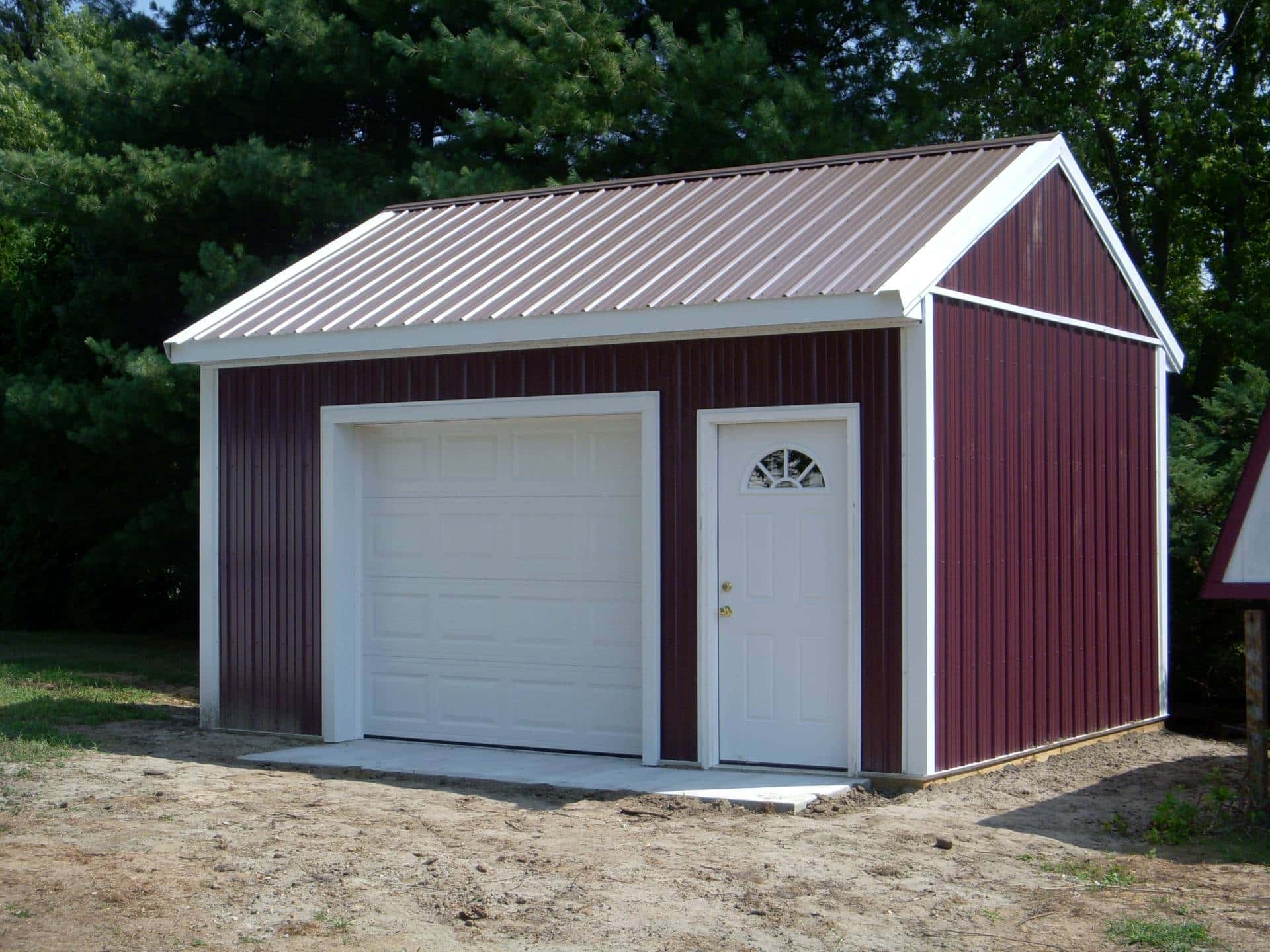
Metal roofing and siding, particularly those made from recycled or sustainably sourced materials, offer significant sustainability benefits. Metal is highly durable and long-lasting, reducing the need for frequent replacements. Moreover, metal is completely recyclable at the end of its life, further minimizing its environmental impact. Considered a very good option for sustainable building practices, particularly when choosing recycled content.
Advantages of Metal Roofing and Siding:
- Longevity: Extremely long-lasting, reducing the need for frequent replacements.
- Recyclability: Completely recyclable at the end of its life cycle.
- Durability: Highly resistant to damage from weather, insects, and fire.
- Energy Efficiency: Can contribute to energy efficiency through reflectivity.
Disadvantages of Metal Roofing and Siding:
- Cost: Can be more expensive upfront than other materials.
- Installation: Requires specialized installation expertise.
- Noise: Can be noisy during rain or hail storms (though this can be mitigated).
- Dents and Scratches: While durable, metal can be susceptible to dents and scratches.
Conclusion
Selecting sustainable exterior materials is a crucial step towards creating a more environmentally responsible built environment. By carefully considering the factors discussed in this guide – including material sourcing, manufacturing processes, durability, maintenance, and end-of-life management – you can make informed choices that benefit both your home and the planet. Remember to prioritize materials with low embodied carbon, high recyclability, and minimal environmental impact throughout their lifecycle. For further information and resources on sustainable building practices, visit Sustainable Exterior Materials: A Complete Guide. We at cartlab.web.id are committed to helping you build a sustainable future. Consider also checking out our guides on [internal link 1 to cartlab.web.id, e.g., sustainable landscaping] and [internal link 2 to cartlab.web.id, e.g., eco-friendly paint options]. Remember, every sustainable choice counts!
External Links:
- [Link to a reputable source on sustainable building materials (e.g., a government agency or university research)]
- [Link to a reputable source on lifecycle assessments of building materials]
- [Link to a reputable source on embodied carbon in construction]

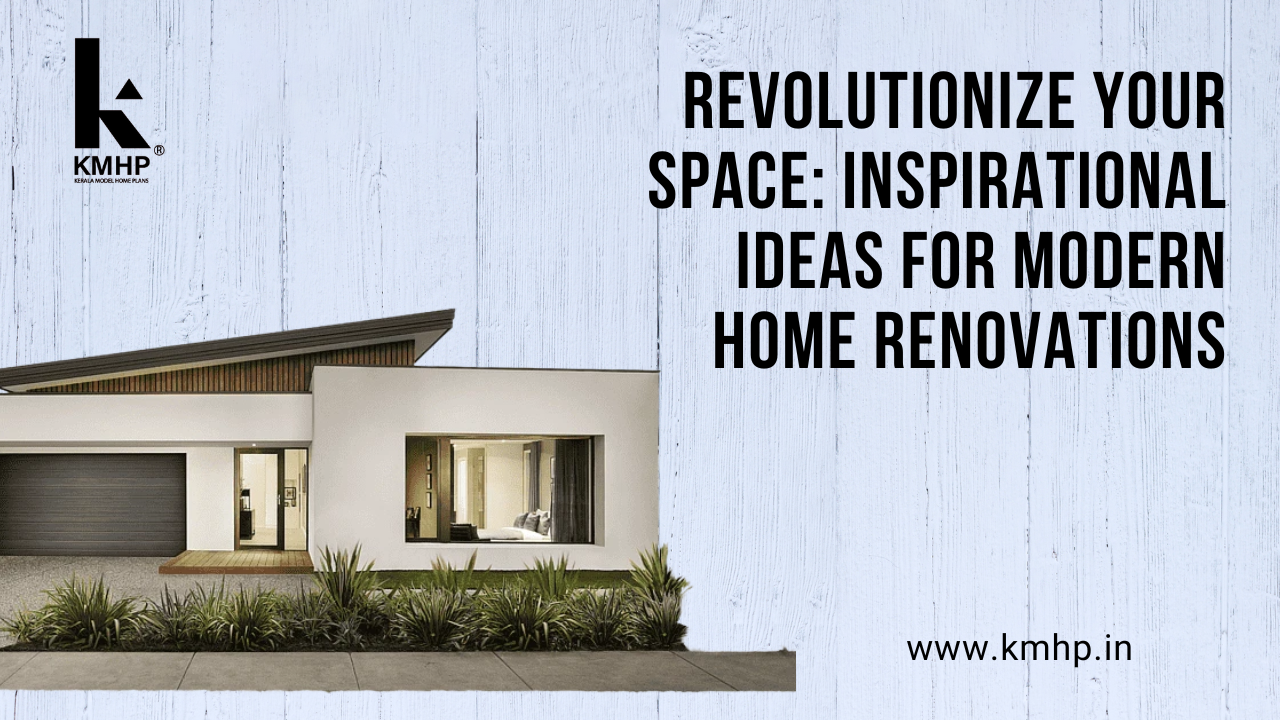




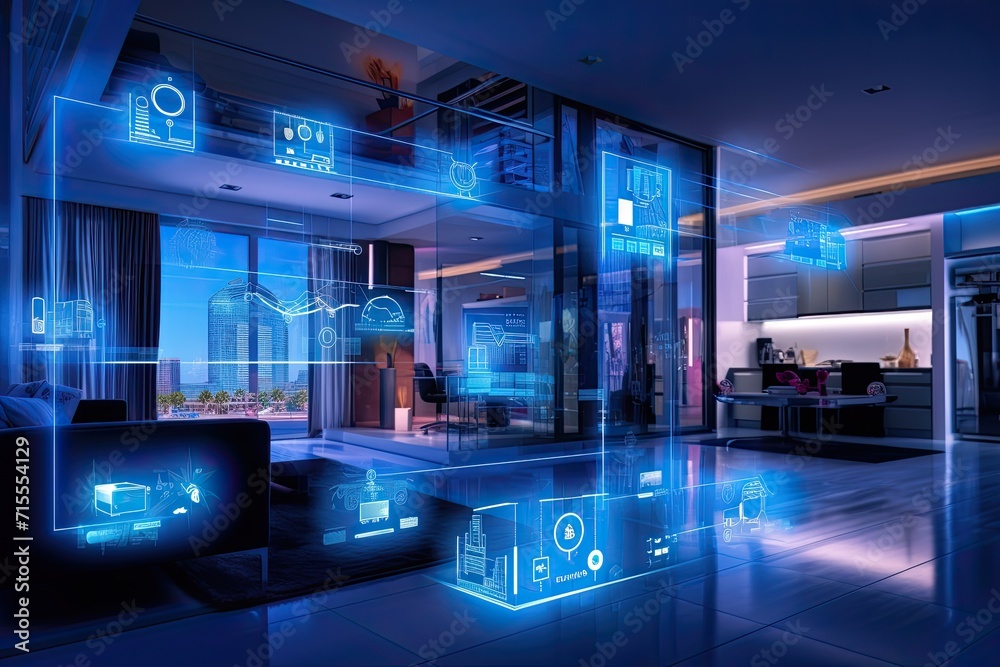

Comments